Flap Disc Grinder Maintenance: Tips for Longer Life and Better Performance
Maintaining your flap discs and using them correctly can significantly extend their lifespan and improve your grinding results. Properly caring for your abrasives ensures you get the most value and efficiency from every disc.
Maintaining flap disc performance and lifespan involves using the correct disc for the material and task, applying appropriate pressure and angle, storing discs properly to prevent damage, and knowing how to address common issues like clogging, while also considering purchasing high-quality, durable discs from reliable manufacturers like NOVOGRIT.
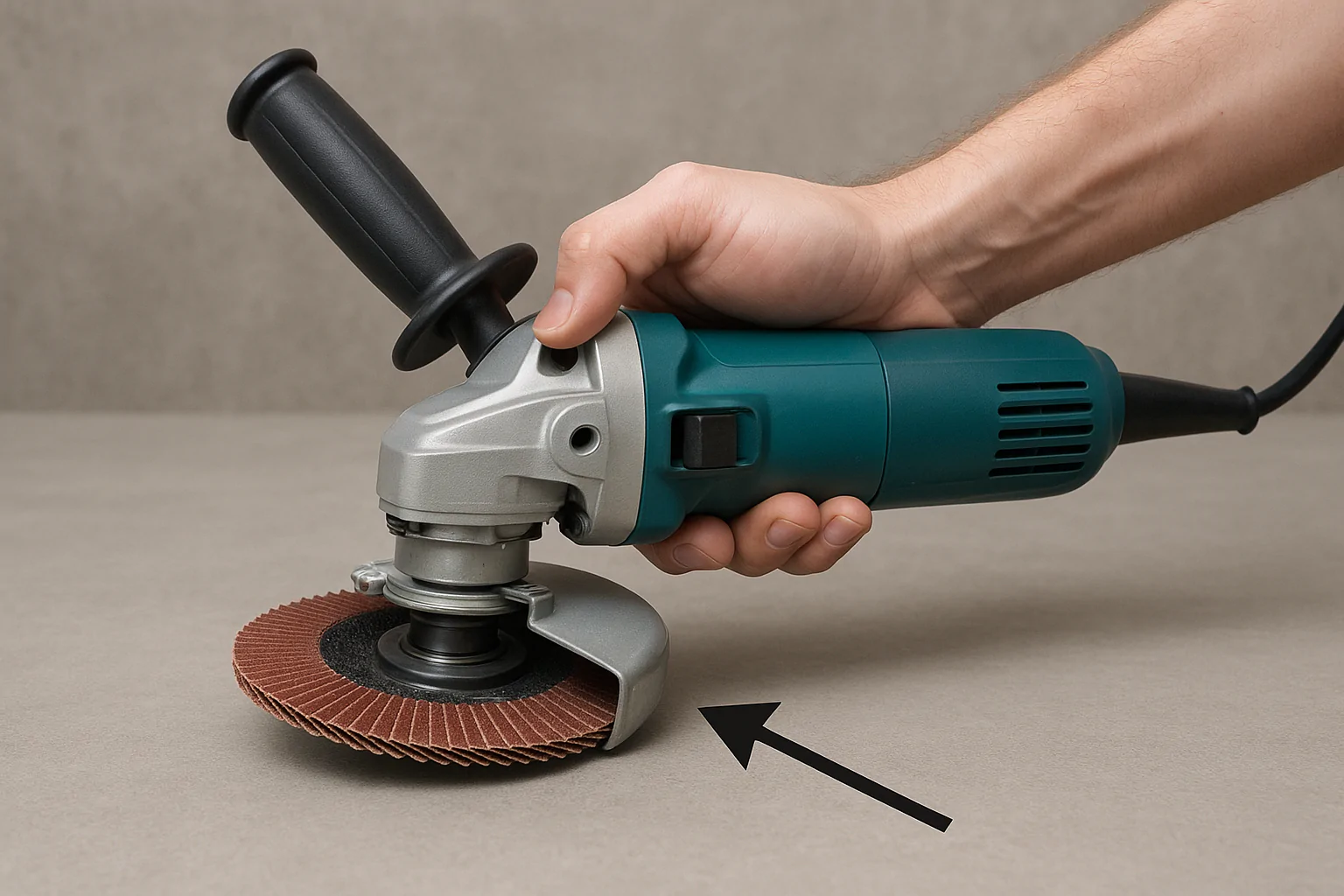
Demonstrating the correct angle for using a flap disc.
Applying good practices can make a noticeable difference in how long your flap discs last and how well they perform.
How to make a flap disc last longer?
Flap discs aren’t cheap, so getting the maximum life out of each one is important. What are the best ways to extend the lifespan of a flap disc?
To make a flap disc last longer, use the correct abrasive type and grit for the material being ground, avoid excessive pressure which causes premature wear and heat buildup, maintain a consistent working angle to ensure even flap wear, store discs in a dry environment to prevent moisture damage to the bond, and consider using higher-quality discs, such as those with ceramic abrasive from NOVOGRIT, which are designed for extended life on demanding materials.
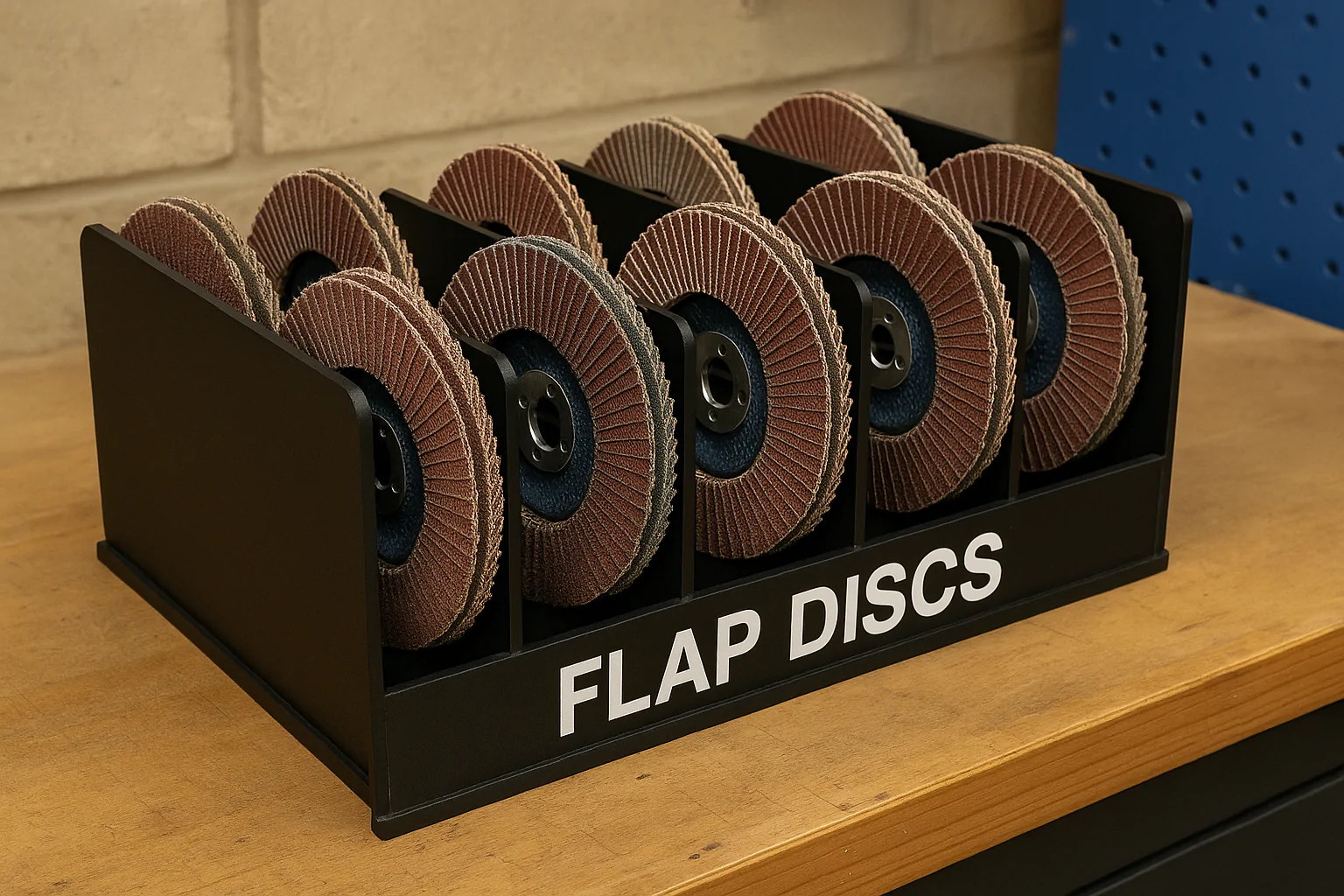
Proper storage for abrasive flap discs.
Several factors influence how long a flap disc will last. One of the most critical is using the right disc for the job. Using an aluminum oxide disc on stainless steel, for example, will cause it to wear out very quickly because the abrasive isn’t tough enough for the material. Selecting the appropriate grit is also key; using too fine a grit for heavy stock removal forces you to apply excessive pressure, shortening the disc’s life. Pressure is another major factor; pushing too hard doesn’t make the disc cut faster; it increases friction, generates heat, causes the abrasive grains to dull or fracture prematurely, and wears down the bond holding the flaps. Instead of pushing harder, let the abrasive do the work – use a slight, consistent pressure. The working angle (typically 15-25 degrees for Type 29 or 0-15 degrees for Type 27) should be maintained to ensure the flaps wear down evenly. If you hold the grinder at too steep or too shallow an angle consistently, you’ll wear out one section of the disc much faster than others. Proper storage is also often overlooked. Abrasive discs, especially those with organic bonds, can be affected by moisture. Storing them in a dry, temperature-controlled environment prevents degradation of the bond and keeps the abrasive sharp. Finally, the quality of the disc itself matters. Discs from reputable manufacturers like NOVOGRIT, using high-quality abrasive grains and strong backing materials, are engineered for durability and longer lifespan, even under tough conditions.
How to refresh a flap disc?
Sometimes a flap disc seems to lose its cutting edge prematurely. Is there a way to "refresh" it and restore its performance?
Refreshing a flap disc typically involves using a dressing stick or a piece of hard material to remove loaded material (like metal or paint) from the abrasive surface. This process helps to expose fresh abrasive grain and clear clogged areas, restoring the disc’s cutting ability. However, this method is primarily for addressing loading, not for resharpening worn-out grains, and its effectiveness depends on the degree of wear and the abrasive type.
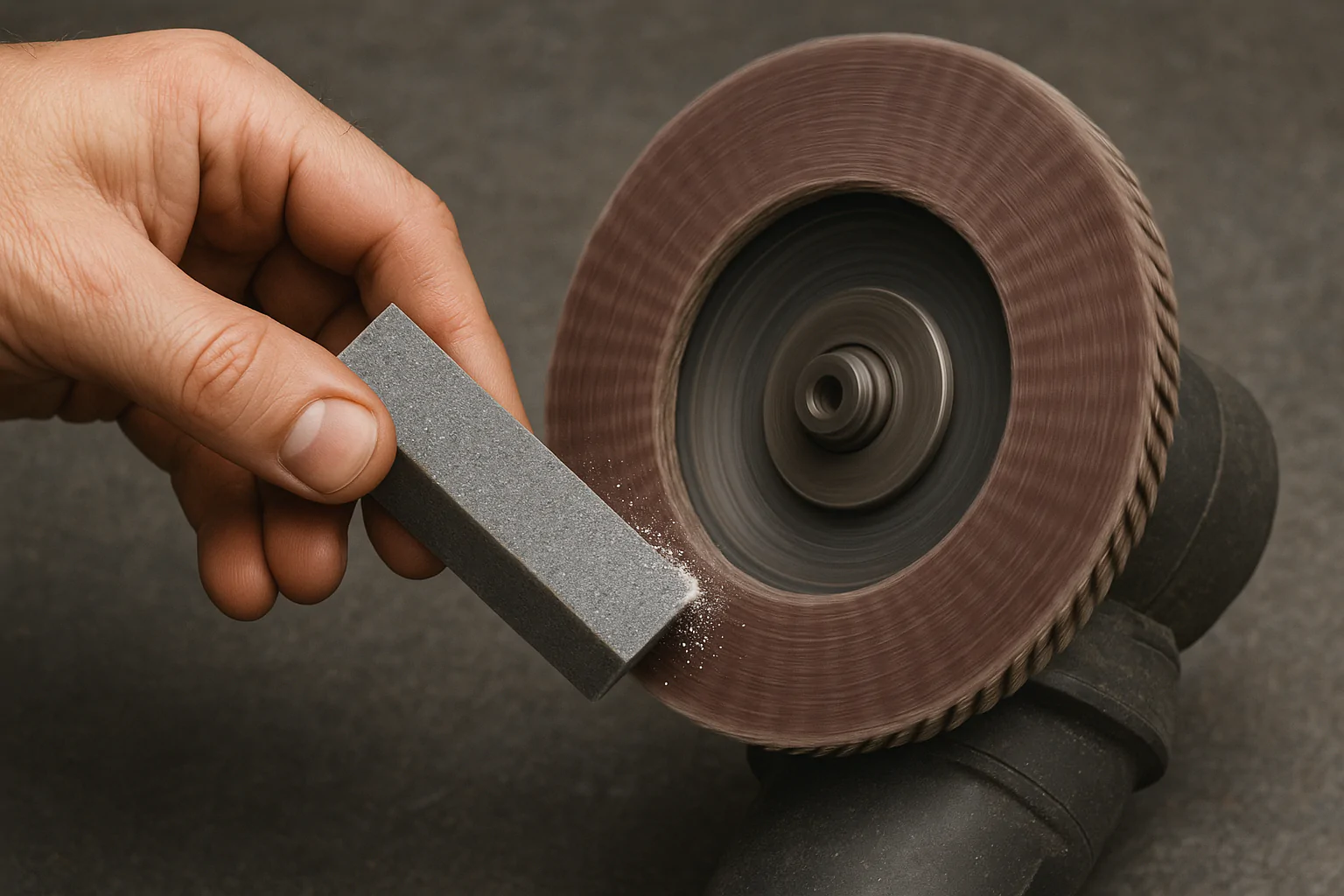
Using a dressing stick to refresh a flap disc.
When a flap disc seems to stop cutting effectively, it’s often due to "loading" – the spaces between the abrasive grains get filled with material from the workpiece (like metal dust, paint, or plastic). This prevents the abrasive from engaging with the surface. While you can’t genuinely "resharpen" the individual abrasive grains once they are dull or fractured (especially with less advanced abrasives like aluminum oxide), you can clear the loaded material. The most common way to do this is by briefly applying the spinning flap disc to an abrasive dressing stick. These sticks are made of a hard, coarse material that grinds away the clogged debris from the flap disc’s surface without significantly damaging the abrasive grains themselves. Another technique, often used in a pinch, is to briefly apply the disc to a piece of scrap concrete or brick, which helps abrade away the loaded material. Be cautious when doing this, use appropriate safety gear, and understand this will also cause some wear on the flap disc itself. This refreshing process is most effective on discs that are loaded but not yet significantly worn down. If the abrasive grains are already dull or if the flaps are severely worn, refreshing will only have a limited effect. Regular refreshing can extend the usable life of a loaded disc, especially when working with materials prone to clogging. For optimal performance and longevity, starting with high-quality, clog-resistant discs, such as certain formulations from NOVOGRIT, is always the best approach.
How to unclog a flap disc?
Loading or clogging is a specific issue that reduces a flap disc’s effectiveness. What are the direct steps to unclog a flap disc?
To unclog a flap disc that is loaded with material, carefully use an abrasive dressing stick pressed against the spinning disc’s surface for a few seconds. Alternatively, briefly applying the spinning disc to a piece of scrap concrete, brick, or a dedicated abrasive cleaner block can help abrade away the clogged debris and restore cutting action. Always use proper safety gear, including eye protection and gloves, when attempting to unclog a disc.
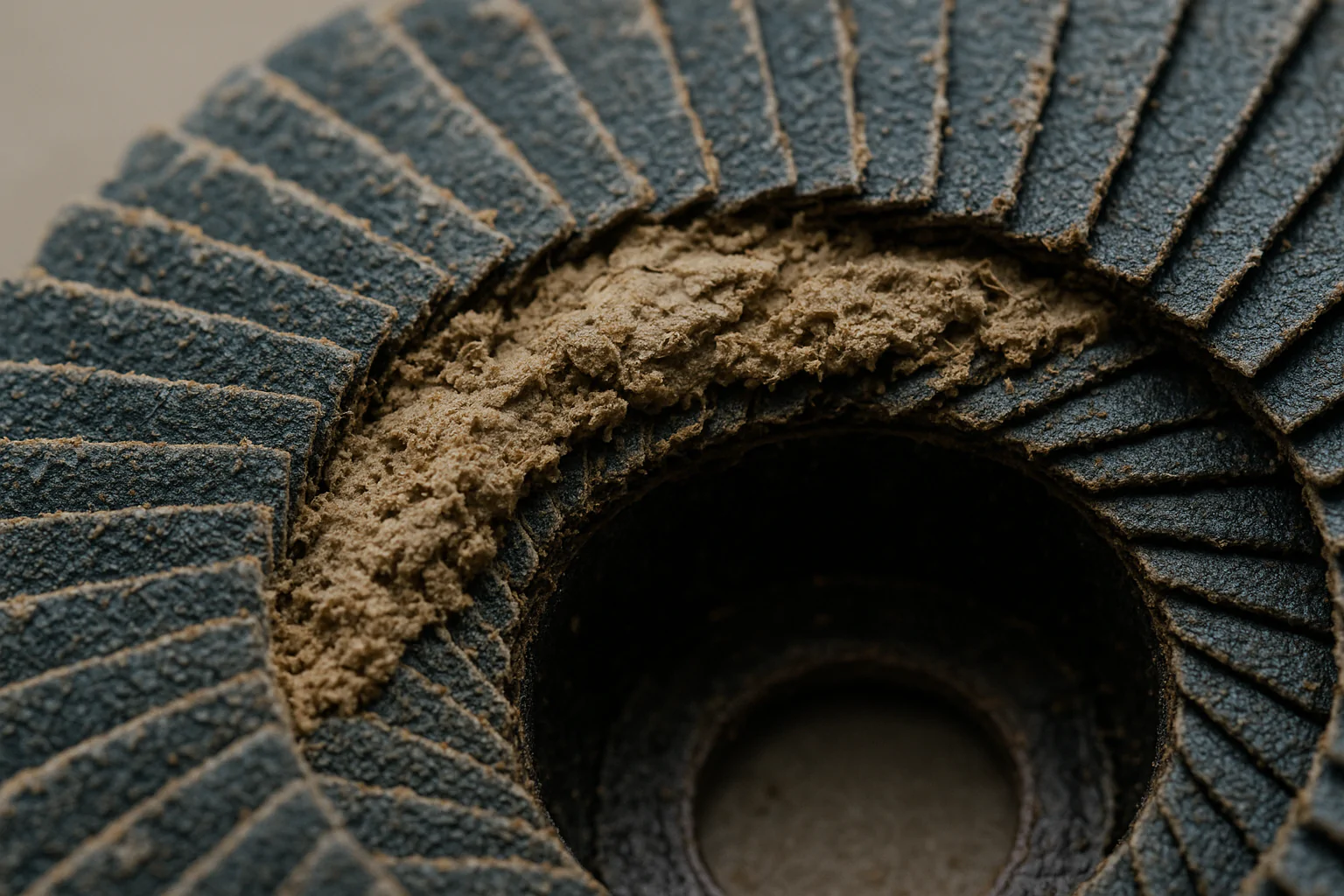
A flap disc showing signs of material clogging.
Clogging happens when the material you’re grinding melts or softens and gets stuck between the abrasive grains on the flap disc. This is common when working on aluminum, some plastics, paints, or soft fillers. When a disc is clogged, it stops cutting and starts rubbing, generating excessive heat and potentially damaging the workpiece or the disc itself. The most effective and safest method for unclogging is using an abrasive dressing stick. With the angle grinder running (at a safe speed, usually below the max RPM of the disc), lightly press the spinning flap disc against the dressing stick. The stick’s coarse composition will grind away the soft, clogged material from the disc’s surface. Move the disc around on the stick to clean the entire surface. Another common method is using a piece of scrap concrete or brick. The hard, abrasive nature of these materials also helps to abrade away the clogged residue. This method is less controlled than using a dedicated dressing stick and can cause more wear on the flap disc, but it can be effective. Always wear heavy gloves and eye protection when doing this, as debris can fly off. Preventing clogging in the first place is the best strategy; this involves using the correct disc type and abrasive for the material (some abrasives and bonds are less prone to loading) and avoiding excessive pressure, which can melt or push soft materials into the disc. Using high-quality flap discs designed with anti-clogging properties, like some lines offered by NOVOGRIT, can also minimize this issue.
How long do flap discs last?
One of the key considerations is the lifespan of a flap disc. How long can you expect a flap disc to last under normal use?
The lifespan of a flap disc varies significantly depending on the material being ground, the grit and abrasive type of the disc, the pressure and technique used by the operator, and the quality of the disc itself. A low-quality disc on hard steel under heavy pressure might last only a few minutes, while a high-quality ceramic disc from NOVOGRIT used correctly on mild steel could last for hours of intermittent use, removing a considerable amount of material.
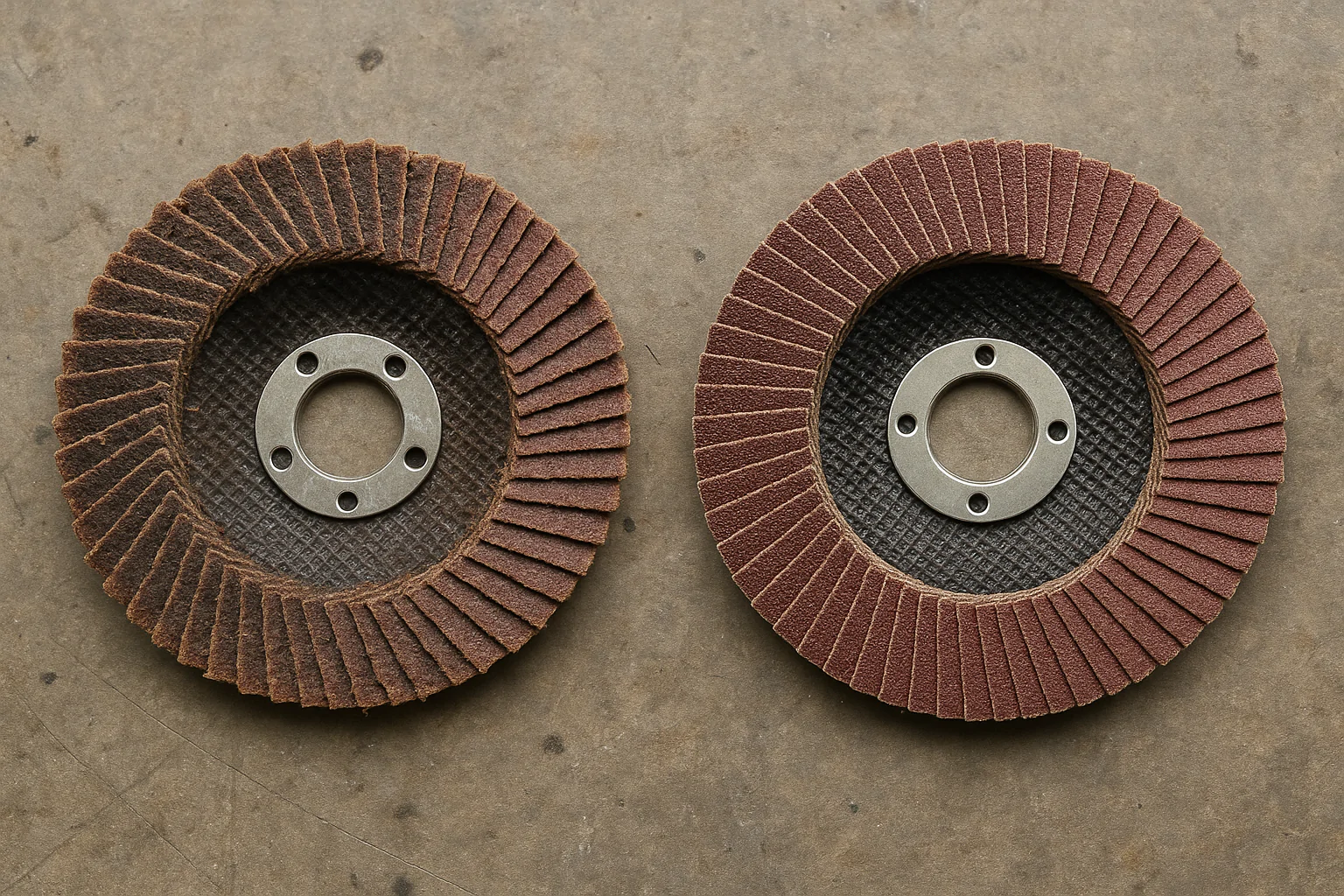
Comparing a new flap disc with a used one, showing wear.
Predicting the exact lifespan of a flap disc is difficult because so many variables are involved. However, we can discuss the factors that influence it and give a general idea. Hard materials like stainless steel, alloys, and thick welds are much tougher on abrasives than mild steel or aluminum, leading to faster wear. Coarser grits tend to wear faster per unit of time cutting than finer grits, although they remove material much quicker. As discussed, the abrasive type is crucial; ceramic grains are significantly more durable than zirconia, which is more durable than aluminum oxide when working on hard metals. Operator technique plays a huge role. Excessive pressure, inconsistent angles, and "bouncing" the grinder on the surface all reduce disc life. Allowing the disc to cool intermittently during heavy use can also help extend its life. The quality of the manufacturing, including the bond holding the abrasive to the cloth and the cloth to the backing, and the quality of the backing plate itself, are critical. Cheaper discs may seem appealing initially, but they often wear out much faster, requiring frequent changes and ultimately costing more in both disc purchases and labor time. High-quality discs from reputable brands, such as NOVOGRIT’s range of durable flap discs, are built to last and provide consistent performance throughout their working life, offering better value in the long run for professional users.
Conclusion
Extending flap disc life involves proper selection for the material, using correct technique and pressure, and appropriate storage. While refreshing can help with clogging, using high-quality discs from brands like NOVOGRIT, suited to your task, is the most effective way to ensure durability and performance.
You may also be interested in:

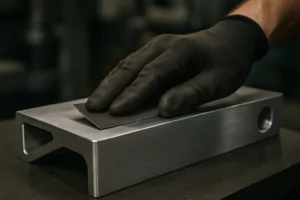
Best Sandpaper for Aluminum: NOVOGRIT's Guide to Flawless Finishes
What is the Best Type of Sandpaper to Use on Aluminum? Do you find yourself frustrated by sandpaper that gums up instantly when you try to smooth aluminum? It is
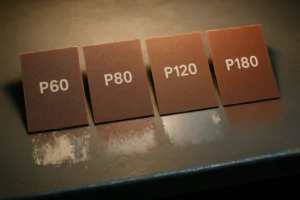
Best Sandpaper for Paint Removal: Grits, Types, & Tips | NOVOGRIT
What is the Best Sandpaper for Removing Paint? Are you tired of staring at chipped, peeling paint on your furniture, walls, or even your car? It’s a common problem, and
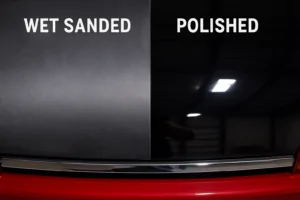
Automotive Wet Sanding: Supplies, Liquids & Best Sandpaper
Automotive Wet Sanding Supplies: What Do You Really Need? Wet sanding is a crucial technique in automotive refinishing, used to achieve a flawlessly smooth surface before painting or polishing. Unlike
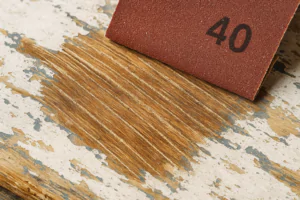
Best Sandpaper for Paint Removal & Grit Guide
What Is the Best Sandpaper for Removing Paint? Removing old paint can be a tedious job, but using the right sandpaper makes all the difference. It’s not just about grit;
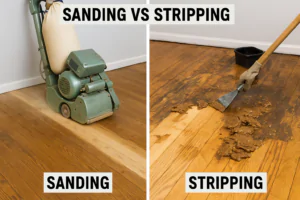
Hardwood Floor Sanding: Screen vs. Sandpaper & Best Practices
Sanding Screen vs. Sandpaper for Hardwood Floors: Which is Best? When you’re tackling hardwood floor projects, choosing the right abrasive is crucial for achieving a smooth, professional finish. Both sanding
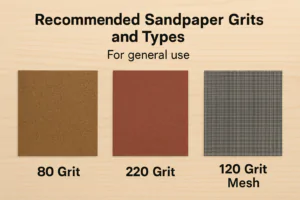
Paper Backing vs. Mesh Sanding Discs: Which Abrasive to Choose?
Paper Back vs. Mesh Sanding Discs: Which One Should You Pick? Choosing the right sanding disc backing can significantly impact your project’s efficiency and finish quality. Paper-backed discs are a
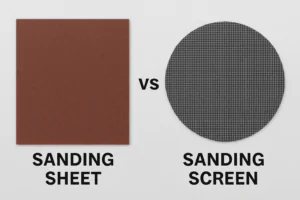
Sanding Mesh vs Paper: Which is More Economical and Better?
Is Sanding Mesh More Economical Than Sandpaper? Comparing Abrasive Costs When stocking up on abrasives, cost is always a factor. Paper sandpaper has traditionally been the standard, but newer mesh
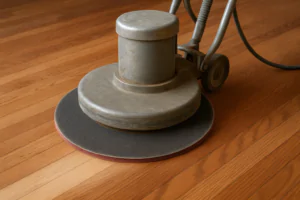
Sanding Nets & Screens Use Cases: When to Choose Mesh Abrasives
Sanding Nets and Screens: What Are Their Best Use Cases? When you encounter sanding nets or screens, you might wonder where they fit into your sanding projects. Unlike traditional solid-backed
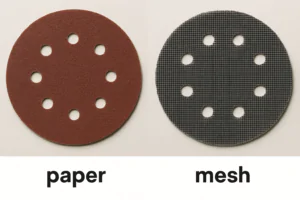
Paper vs. Mesh Sanding Discs: Which Abrasive to Choose?
Paper vs. Mesh Sanding Discs: Which Should You Buy? Choosing the right abrasive disc is essential for efficient and effective sanding. Two primary types dominate the market: traditional paper-backed discs
